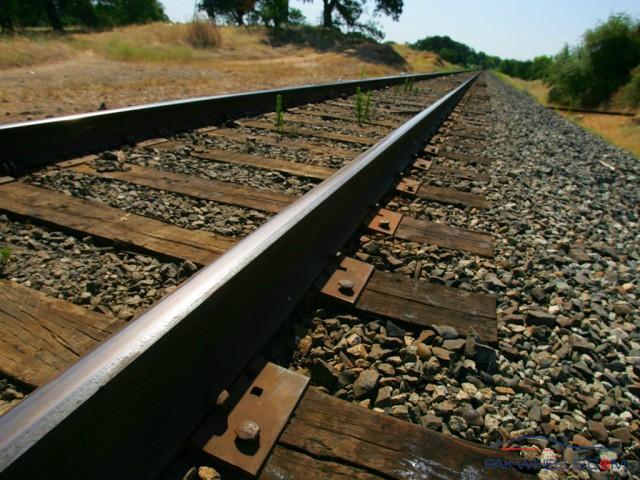
PAK RAILWAY TRACK HISTORY:-
PAKISTAN has a rich n great railway heritage spanning almost 200 years which it owes the British. It was in 1847 when the first railway was imagined but it was not until 1861 when it came into existence in the form of the railway built from Karachi-Kotli.
A Lahore - MULTAN 336 kilometres (209 mi) railway line was opened for traffic on 24 April 1865. On 6 October 1876 three bridges on the Ravi, Chenab and Jhelum rivers were completed and a Lahore-JHELUM railway line opened. On 1 July 1878 a LODHRAN - PANU AQIL 334 kilometres (208 mi) section was inaugurated.
On 27 October 1878 a Kotri-Sukkur railway line on west bank of INDUS RIVER was opened for traffic. The bridge over the Indus connecting Rohri and Sukkur was inaugurated on 25 March 1889. The completion of this bridge connected Karachi with Peshawar by rail.
In March 1887 when the railway line of over 320 km long finally reached Quetta.
The Trans-Balochistan Railway Line runs from Quetta -Taftan and then into Iranian City of ZAHIDAN. It was named as Nushki Extension Railway as its construction started west of Nushki in 1916. This line reached Iranian city of Zahidan on 1922.
In 1954, the railway line was extended to MARDAN & CHARSADA, and in 1956 the JACOBABAD ?KASHMORE 2 ft 6 in (762 mm) guage line was converted into braod guage.
Before that Pakistan Railways had a mixture of gauges, including 1,676 mm (5 ft 6 in) Indian gauage,1000mm (3 ft 3 3⁄8 in), and 2ft 6in (762 mm) narrow gauge. A few metre gauge and narrow gauge railway lines have been converted into Indian gauge, and the remaining lines have been dismantled or abandoned. Now only Indian gauge railway lines are operational in Pakistan Railways network.
The KOT ADU- KASHMORE line was constructed between 1969 and 1973 providing an alternative route from Karachi up the country. In 1961, the Pakistani portion of the North Western Railway was renamed Pakistan Railways.